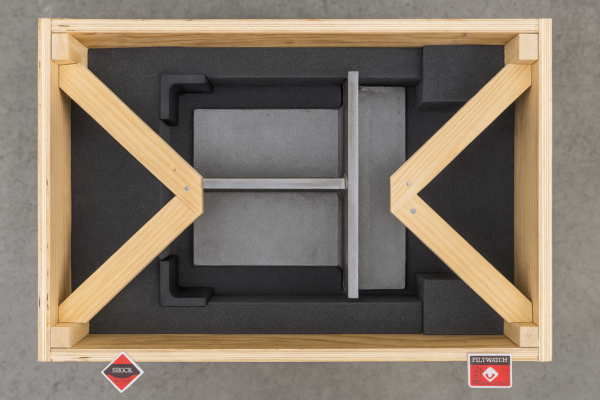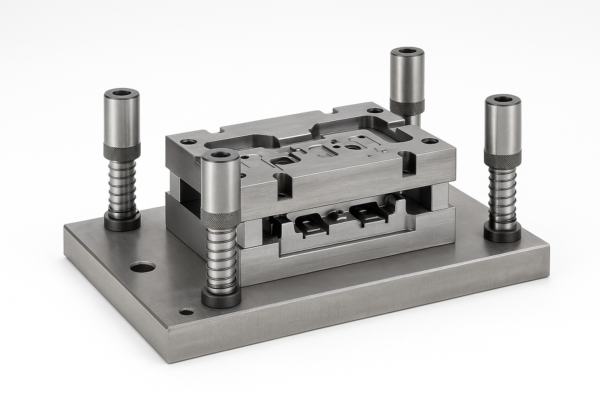Innovations in Casting Parts Manufacturing: Trends and Techniques in 2025?
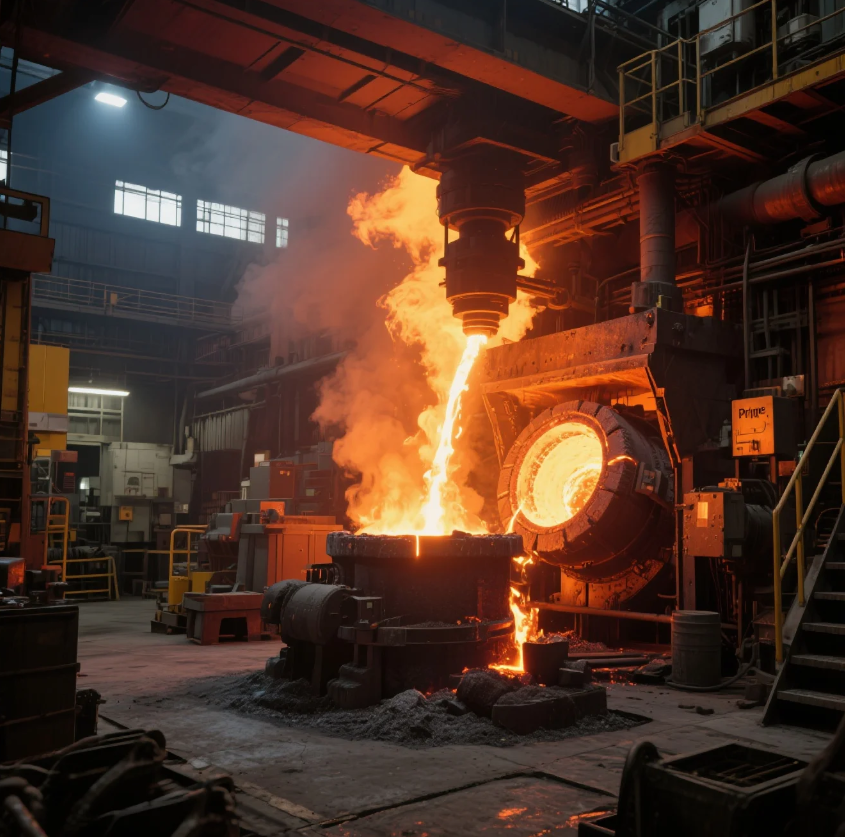
Casting buyers face challenges: outdated techniques, poor performance, and high emissions.
In 2025, innovations in casting parts manufacturing are transforming how we design, produce, and deliver high-performance components. Lighter materials, smarter techniques, and digital systems lead this evolution.
Emerging technologies demand smarter sourcing. Let’s explore how these casting innovations offer better outcomes and lower risks for your projects.
Why is lightweight casting becoming a priority in 2025?

Buyers need parts that weigh less but perform better. Heavier metals increase fuel use, shipping costs, and wear.
Aluminum and magnesium alloys are leading materials in modern casting. They help reduce part weight without compromising strength.
This trend fits especially well in industries like automotive and aerospace, where innovations in casting parts manufacturing are closely tied to weight reduction and material efficiency. Prime has been at the forefront of integrating aluminum alloy casting for custom parts. Our ISO-certified casting factory ensures consistency and customizability for high-spec applications.
Dive Deeper: What are the practical benefits of lightweight materials?
Prime’s engineers often recommend aluminum or magnesium for clients needing corrosion resistance and lighter assemblies. Lighter components are easier to transport and install. They also improve energy efficiency in the final application.
Here’s a comparison:
| — | ||||||||
|---|---|---|---|---|---|---|---|---|
| Density (g/cm³) | 7.8 | 2.7 | 1.8 | |||||
| Corrosion Resistance | Moderate | High | Moderate | |||||
| Weight Saving | Low | High | Very High | |||||
| Recyclability | High | High | High |
When weight, cost, and recyclability matter, these materials provide optimal value. Prime remains committed to driving innovations in casting parts manufacturing by leveraging lightweight alloys and precise control over every production stage.
How do advanced casting techniques improve part quality?
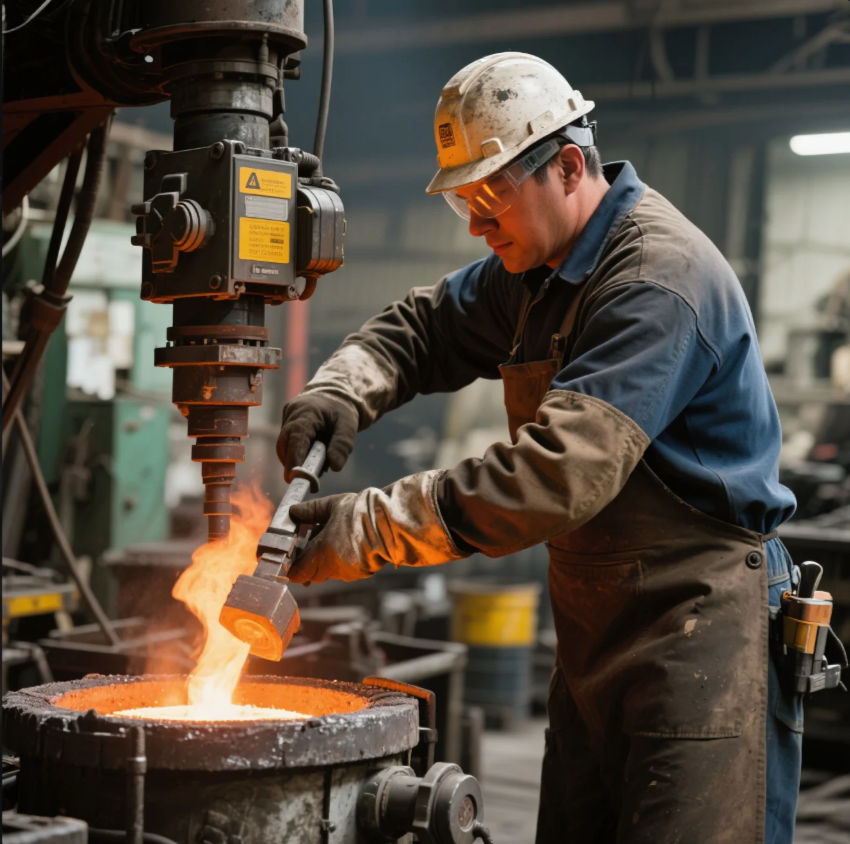
Many buyers struggle with porosity, inconsistent shapes, or tight tolerance issues in traditional sand casting.
Die casting and investment casting provide better control, smoother finishes, and dimensional accuracy.
In 2025, we see rising adoption of vacuum die casting and precision shell casting. These methods reduce material waste and achieve finer details. As innovations in casting parts manufacturing continue, new methods like vacuum die casting are being widely adopted to overcome historical quality barriers.
Dive Deeper: What are the main methods shaping the future?
At Prime, we match casting methods to your project’s complexity and tolerance needs. Investment casting, for example, is ideal for parts requiring excellent surface finish and dimensional stability. Die casting suits large-scale runs where speed and precision matter.
Here’s a breakdown:
| — | ||||||
|---|---|---|---|---|---|---|
| Sand Casting | Large, simple shapes | Cost-effective for low volumes | ||||
| Die Casting | Complex, high-volume parts | Tight tolerance, high speed | ||||
| Investment Casting | Intricate, high-value parts | Superior finish, excellent detail | ||||
| Vacuum Die Casting | Structural and high-pressure use | Low porosity, excellent mechanical traits |
These methods are at the core of innovations in casting parts manufacturing, allowing engineers to achieve better results with fewer compromises. Our in-house tooling and mold teams reduce lead times, ensuring on-time delivery with fewer defects.
What role does smart manufacturing play in casting production?
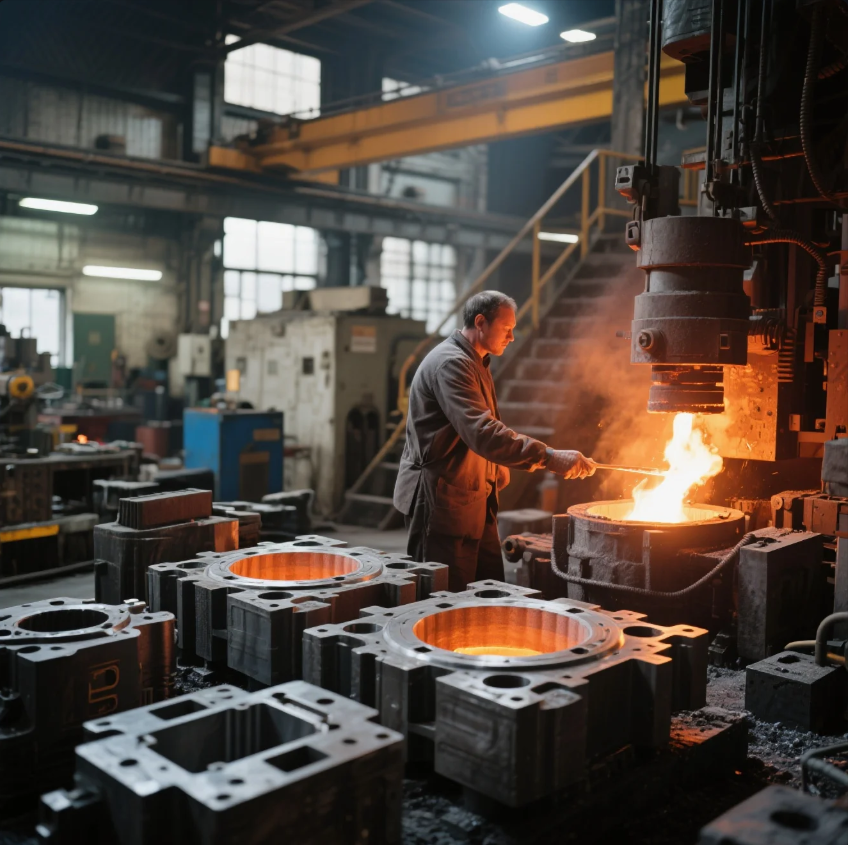
Many buyers report delays, inconsistent batches, or quality deviations due to manual workflows.
Smart manufacturing uses sensors, real-time monitoring, and automation to reduce errors and speed up delivery.
In 2025, smart factories are the heart of innovations in casting parts manufacturing, ensuring transparency, automation, and predictive control.
Dive Deeper: How does Prime integrate digital casting management?
Our factory integrates real-time temperature control, AI-based defect detection, and MES systems to track every order from raw material to packaging. These systems enable traceable quality and help reduce waste.
Here’s a simplified workflow showing how it works:
- Design Upload: Clients submit 3D models or 2D drawings.
- Simulation & Tooling: Software simulates casting flow and shrinkage.
- Digital Mold Creation: CNC-driven mold production ensures accuracy.
- Sensor Monitoring: Real-time casting monitoring ensures exact conditions.
- AI Inspection: Cameras detect surface defects and dimensional issues.
- Traceable Packaging: Every box includes QR-coded specs for easy tracking.
Prime’s digital-first approach puts us at the forefront of innovations in casting parts manufacturing, ensuring every client receives traceable, optimized output. Many clients report over 20% cycle reduction with our system.
How do these innovations support sustainability and compliance?
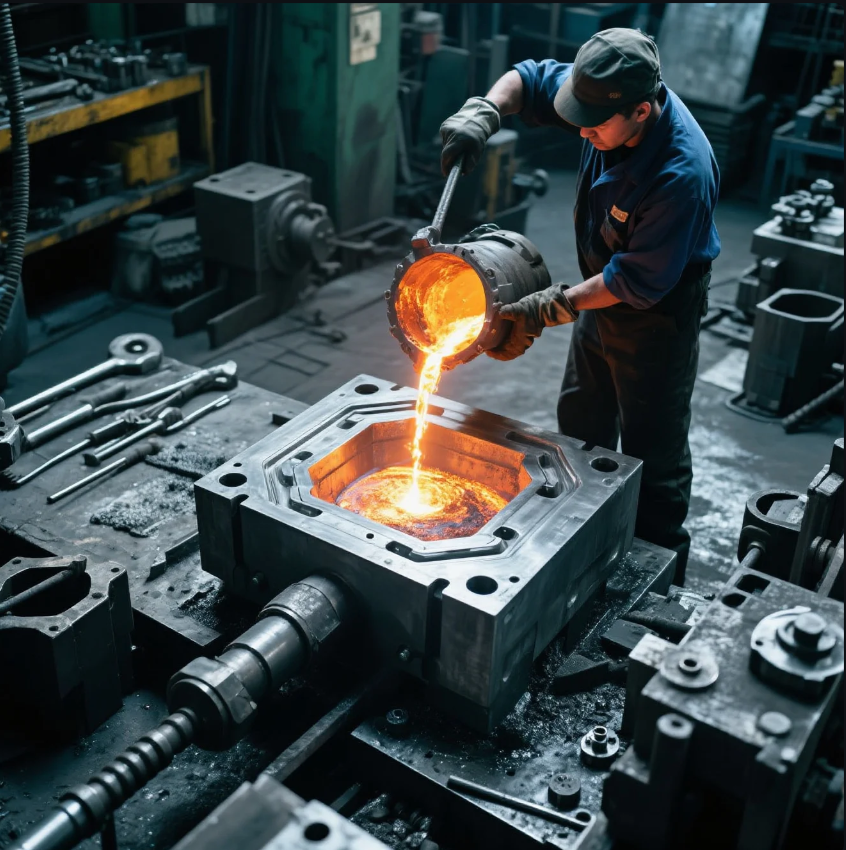
Sustainability and compliance have become procurement requirements in 2025, especially in Europe and North America.
Lightweight materials, reduced energy use, and recyclable metals help buyers meet ESG goals without compromising quality.
Prime follows ISO 14001 environmental standards, and we use over 60% recycled metal content in our castings. These efforts reflect a broader trend in innovations in casting parts manufacturing focused on lifecycle value.
Dive Deeper: How does Prime ensure sustainable and compliant casting?
We regularly audit our suppliers, track energy usage, and reduce scrap by reusing gating systems. For buyers needing reports, we provide:
- Material Certificates
- REACH and RoHS Compliance
- Lifecycle Impact Data
- CO₂ Emission Reduction Reports
Here’s a quick look at our compliance offerings:
| — | ||||||
|---|---|---|---|---|---|---|
| ISO 9001 | Quality Management | Consistent product quality | ||||
| ISO 14001 | Environmental Mgmt | Lower environmental impact | ||||
| Material Traceability | Internal QA Program | Full batch-level transparency | ||||
| RoHS/REACH | EU Compliance | Safe for regulated markets |
As regulations tighten, Prime supports your ESG goals through responsible innovations in casting parts manufacturing.
FAQs
1. Can Prime handle low-volume orders for customized casting parts?Yes. We support both prototype and small batch production using investment casting and sand casting.
2. What industries do you serve most?We mainly serve automotive, machinery, construction, and electronics sectors.
3. Do you offer design assistance or DFM services?Absolutely. Our engineering team reviews every drawing to improve feasibility and reduce costs.
4. What is the average lead time?Depending on complexity, most casting parts ship in 15–25 days after approval.
5. Is it possible to request material certification and test reports?Yes. We provide full documentation including COC, MTRs, and third-party testing on request.
6. Why should I care about innovations in casting parts manufacturing in 2025?Because these innovations reduce defects, shorten lead times, and deliver better material efficiency, driving competitive advantage.
7. How do I request a quote?Simply send your drawings or requirements to strong>[email protected], and we’ll respond within 24 hours.
Conclusion
Innovations in casting parts manufacturing enhance performance, lower costs, and meet global standards.
Ready to benefit from innovations in casting parts manufacturing? Contact Prime today at [email protected] for a free consultation, custom quote, and expert solution. Our fast lead times, certified quality, and flexible service make us your trusted partner in 2025 and beyond.

